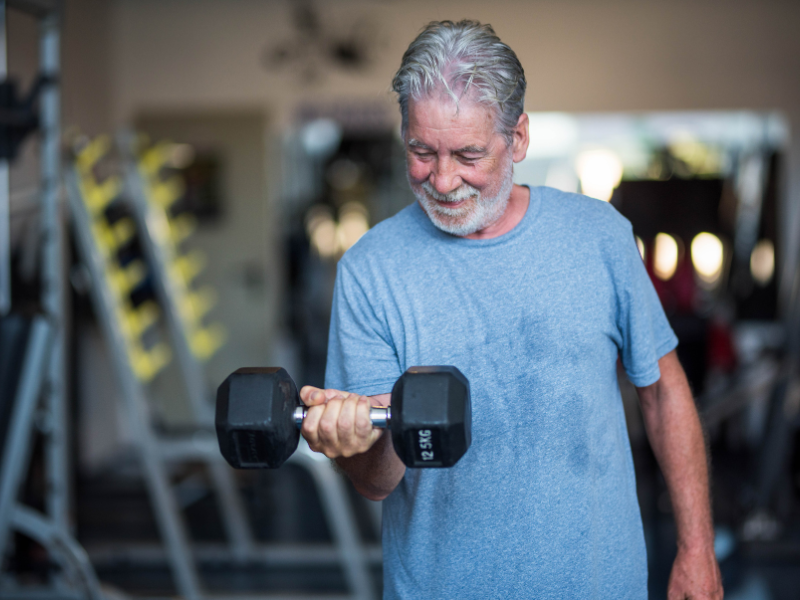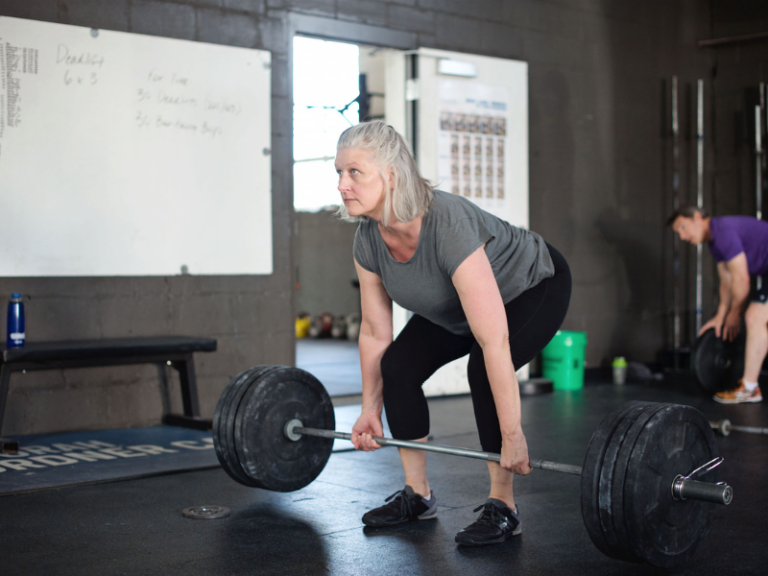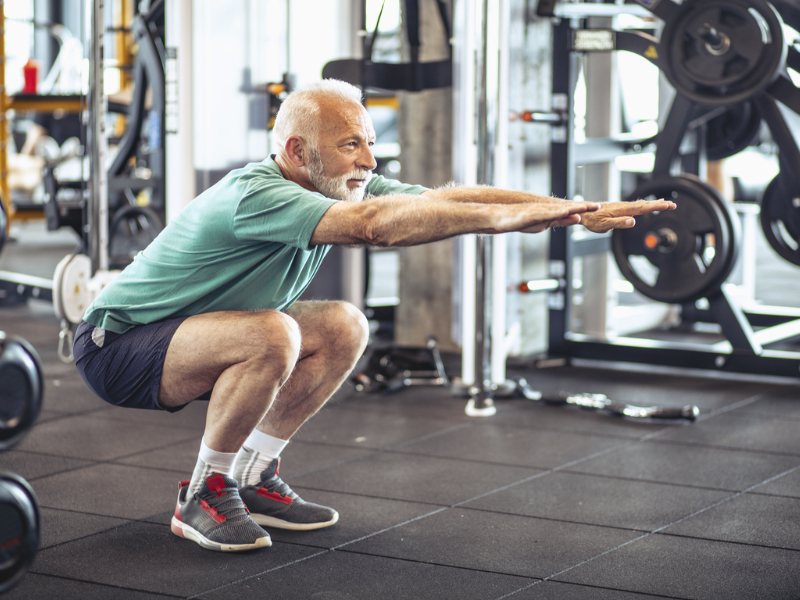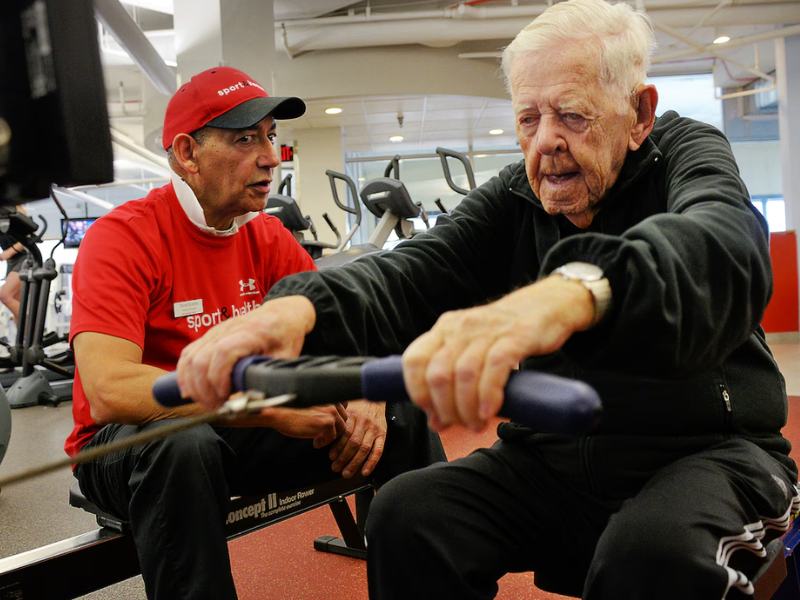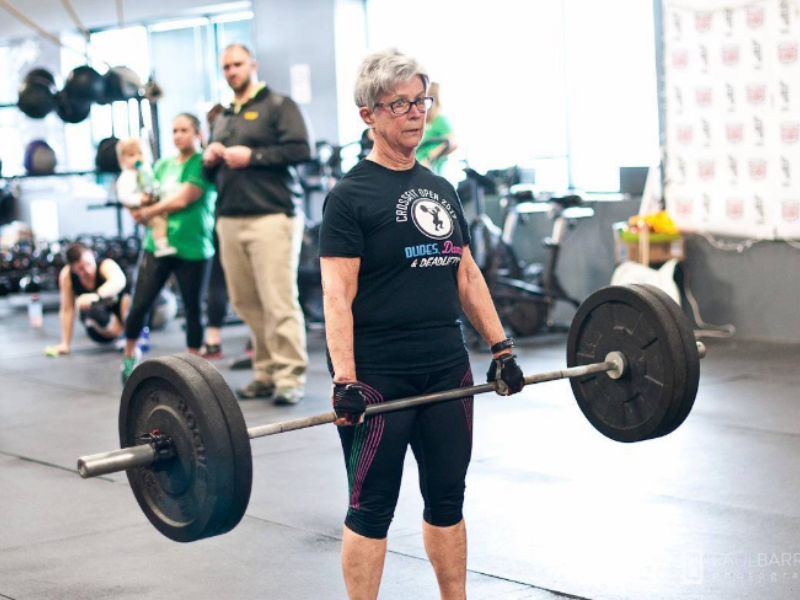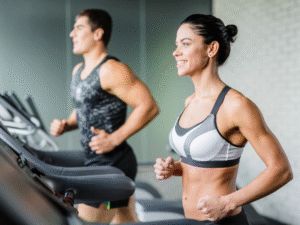
Short-Term Treadmill Rental for Unforgettable Events
Embark on a journey of personal transformation as we explore the profound impact of having a personalized home gym designed by MVMT Fit. Beyond the mere creation of a workout space, our home gym design services offer a gateway to a lifestyle characterized by increased convenience, motivation, and commitment to fitness goals.

